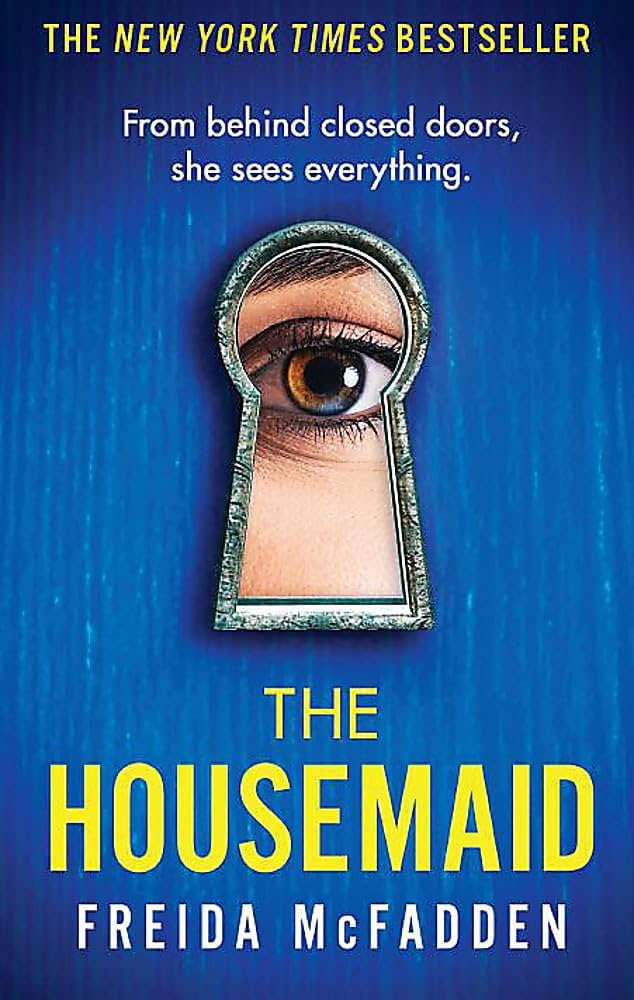Chapter 53
byChapter 53 delves into the intricate and unsettling past of Wilhelmina Calloway, shedding light on a history that has long been concealed, even to those closest to her. Nina, increasingly disturbed by Millie’s secretive nature and behavior, becomes suspicious, prompting her to investigate further. Fearing that there might be something hidden beneath the surface, Nina hires a private investigator to uncover details of Millie’s past, hoping to find some explanation for her actions—perhaps an explanation rooted in minor offenses or missteps. However, Nina is caught off guard by the revelations that emerge, discovering that Millie’s history is steeped in far darker and more complex events than she could have ever anticipated. These discoveries force Nina to reconsider her perception of Millie, casting her in a new light, while also prompting the reader to reevaluate Millie’s true nature.
Through the investigator’s findings, we learn that Millie’s life was irrevocably altered by a violent incident when she was just sixteen years old. At the time, Millie attended a boarding school specifically designed to house troubled youth, where she found herself at the center of a life-changing event. One evening, hearing the desperate cries of her friend being assaulted, Millie acted without hesitation, rushing to intervene and protect her friend from further harm. Faced with an attacker much larger than herself, Millie grabbed a paperweight and, in a frantic attempt to stop the assault, struck the assailant multiple times. The result was fatal—the attacker died from his injuries before any medical intervention could take place, leaving Millie to confront the immediate and long-lasting consequences of her actions.
The legal aftermath of the incident presents a complicated web of emotions and challenges. Millie’s lawyer argues that her actions were entirely motivated by the instinct to defend her friend from harm, but the evidence collected from the scene tells a different, more troubling story. Graphic photographs of the damage done to the attacker reveal the sheer brutality of Millie’s response, leaving a murky gray area between self-defense and an act of vengeance. This evidence brings to the forefront the question of intent—did Millie truly act out of self-preservation, or did her emotions push her toward something darker? Ultimately, Millie accepts a plea deal for manslaughter, which is a lesser charge than murder, given her young age and the circumstances of the attack. The victim’s family, though grieving, seeks to avoid a public trial and the further disgrace it could bring, leading them to request a more lenient punishment. This decision, while offering some relief to Millie, does not erase the emotional toll of the event, which haunts her for years to come.
This chapter of Millie’s life opens up a complex narrative that reveals the inner turmoil and struggles she faces in the aftermath of her violent act. Through Nina’s investigation, the readers are granted a deeper understanding of Millie’s character, showing the tension between her need to protect those she cares about and the haunting consequences of her actions. It is clear that Millie’s emotional and psychological state is far from stable—her past, marked by violence, guilt, and unresolved trauma, continues to influence her decisions and relationships. Nina, initially seeking answers about Millie’s past, is now forced to grapple with the complexity of Millie’s life, understanding that sometimes the lines between right and wrong are not always so clear. The story examines profound themes of justice, morality, and the gray areas that shape human actions, leaving both Nina and the reader questioning the limits of redemption and whether Millie can ever truly move beyond her past. The chapter concludes by highlighting Millie’s ongoing internal struggle, emphasizing that even when the law offers closure, the emotional scars left by such an event remain indelible.


